A lot of us are already aware that coffee can increase urination frequency. So, what about drinking tea instead? Does tea irritate the bladder?
Although we might reach for a traditional cup of tea instead of coffee, unfortunately tea can have a similar affect. The culprit in tea is caffeine. As with coffee, caffeine in tea can increase bladder activity and result in exacerbated symptoms, including higher urgency and frequency of urination. It also irritates the bladder. A substance that causes irritation to the bladder is known as a “diuretic”. This means that the more the stimulant is consumed, the greater the desire is to urinate. For example, for every cup of caffeinated beverage you drink, you will void more than that amount. This is due to caffeine significantly increasing the blood flow to the kidneys. This reduces the absorption of water and sodium. As a result, you may have an urgency to pass liquid. Consuming a lot of caffeine can also contribute to dehydration. Dehydration can often result in an irritated bladder, which can worsen existing bladder problems. Another way that caffeine adversely affects the bladder is through raising blood pressure, exciting the circulatory system. This effect is one of the reasons why you may feel more awake after consuming caffeine.
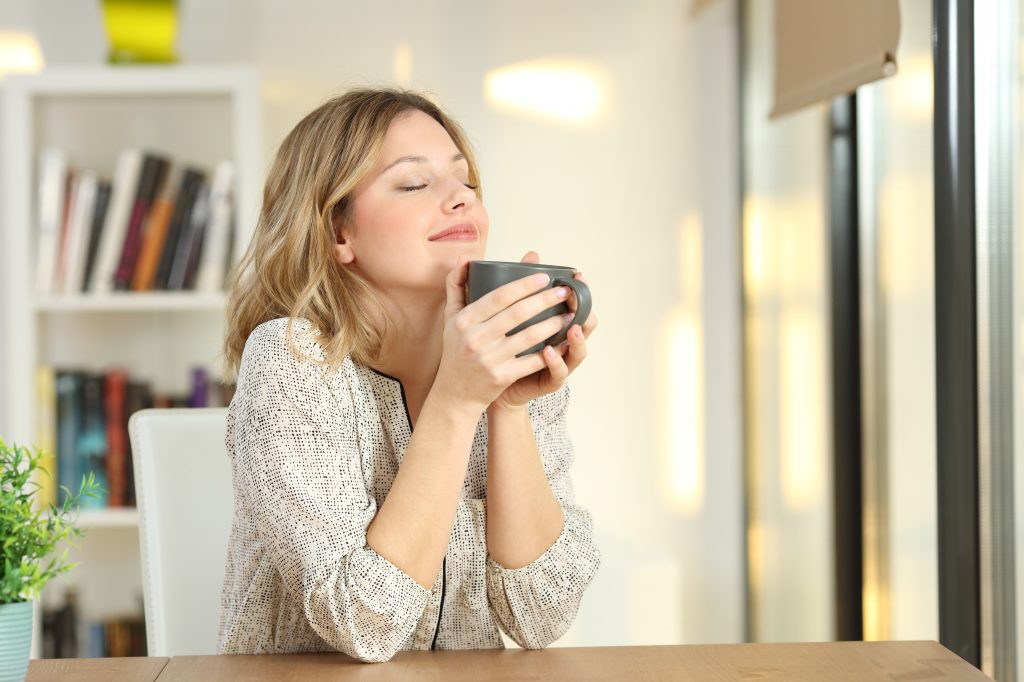
Recommended Pads for an Irritated Bladder
- Discreet and Secure
- Designed for light incontinence
- Perfect Fix
- Odour Control
- Cotton feel
Price from £1.64
- Small, reliable pads
- Ultra White Dry System
Range from £2.85 to £6.12
Shop on Incontinence Supermarket
Are All Teas Diuretics?
All teas and coffees are not equally diuretic. Here is a guide to the caffeine content of each type of tea:
Black
Black tea weighs in at the top of the caffeine content list. It is the most diuretic tea. Eight ounces of black tea contains anywhere from 40 up to 70 milligrams of caffeine. This is about half as much as a standard cup of coffee.
Oolong
Oolong tea is a Chinese drink that is known for its depth of flavour. It contains and moderate caffeine content, in the range of 35-55 milligrams per 8-ounce serving.
White
In an 8-ounce serving of white tea, there are only about 15-30 milligrams of caffeine. This is due to the minimal amount of processing that white tea leaves go through before sale.
Herbal
The herbal tea family contains delicious choices like peppermint, chamomile, ginger, and other natural flavours. Herbal “teas” are derived from seeds, roots, flowers and as such contain no caffeine.
Green
Generally, green teas contain between 35 and 45 milligrams of caffeine in an 8-ounce serving.
How Much Fluid Should You Drink Every Day?
Ideally, you should be emptying your bladder up to four to six times on a 24 hour period. Emptying it regularly is important, as this helps to prevent infections and keep your kidneys healthy. Experts recommend drinking one and a half cups to two litres of fluid per day. Water is involved in every type of cellular process in your body, so when you’re dehydrated, these run less efficiently. Although it may be tempting to drink less with incontinence, try and resist doing this. Dehydration can cause many more complications.
Improving Bladder Control
Maintain a Healthy Weight
Having a high BMI can place additional pressure on your pelvic floor, weakening your bladder. A high BMI can be compared to obesity in the later stages of pregnancy, in that it can lead to strain and weakening of the pelvic floor muscles. A recent study showed that men with a BMI of 31 are twice as likely to develop urge incontinence than men with a low BMI. Physical activity can help prevent constipation and keep pressure off the pelvic floor muscles.
Practice Pelvic Floor Exercises
Pelvic floor exercises can help strengthen the pelvic floor muscles, preventing leakages. A popular exercise can be done through the following steps:
- Sit and lean slightly forward, keeping a straight back.
- Squeeze and lift the muscles as if you are trying to stop a wee.
- Hold the squeeze as you count to 8; then relax for 8 seconds. If you can’t hold for 8, just hold as long as you can.
- Repeat this as many as you can, about 8 to 12 squeezes. Repeat the whole thing 3 times.
- Keep breathing while exercising. Try not to tighten your buttocks.
You can read about the different pelvic floor exercises here.
Medication and Surgery
If natural methods do not help you gain bladder control, you should ask your Doctor about any surgery or medication that is suitable for you. Some medications can increase the muscle tone of the urethra, which can help keep it closed. Depending on the type of incontinence you have, there may also be a surgery method that is suitable for you.
Recommended Pants for an Irritated Bladder
- Anatomically shaped pants
- Smooth waistband
- Guaranteed overnight protection
- FIT-FLEX Protection with LYCRA strands
- Hypoallergenic and latex free
- 100% breathable
- Kind to skin
- New narrower and contoured crotch area
- Soft cotton feel
- Elasticated sides
- Adhesive strip at the back
- Pull up pants for moderate incontinence
- Soft cotton-feel back sheet
- Close fit
- Latex free
- Elasticated Waist
- Allow you to maintain your independence
- Anatomically shaped
What are the Different Types of Light Incontinence Products
Originally posted 2019-08-20 15:13:25.

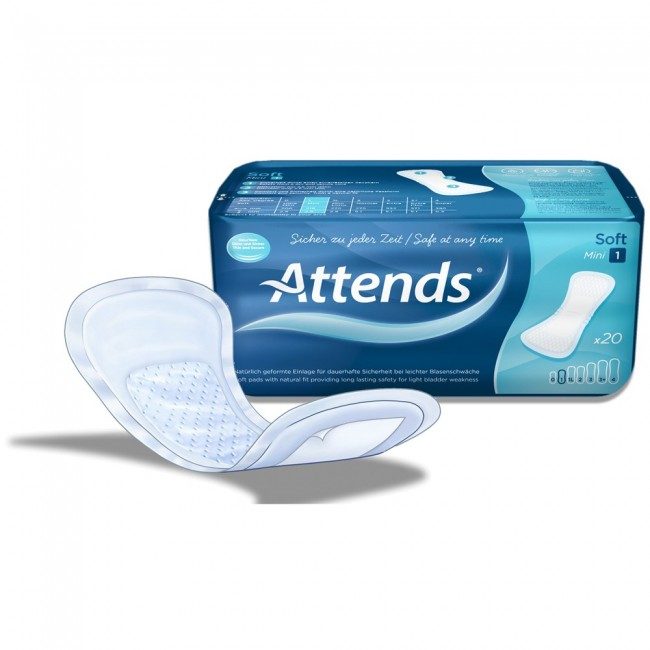
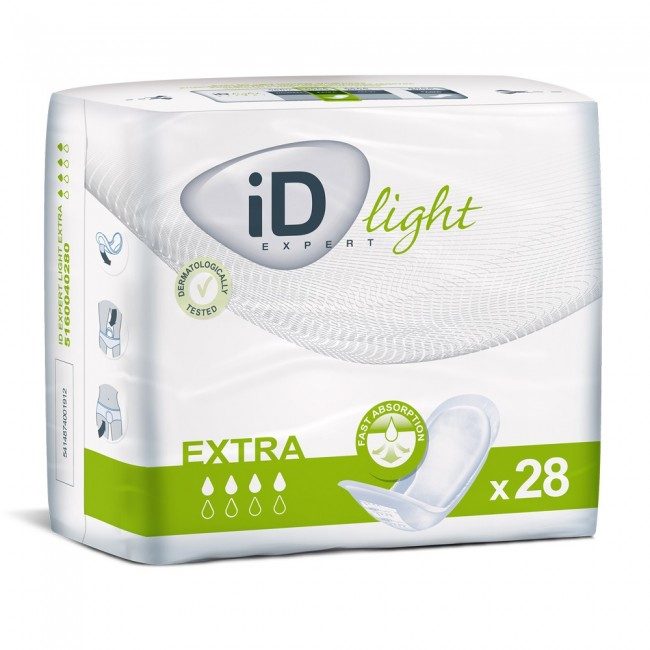
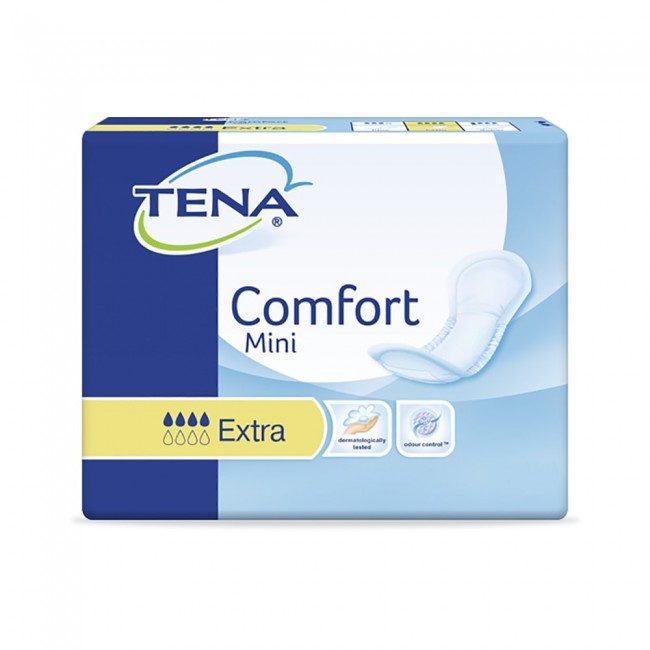
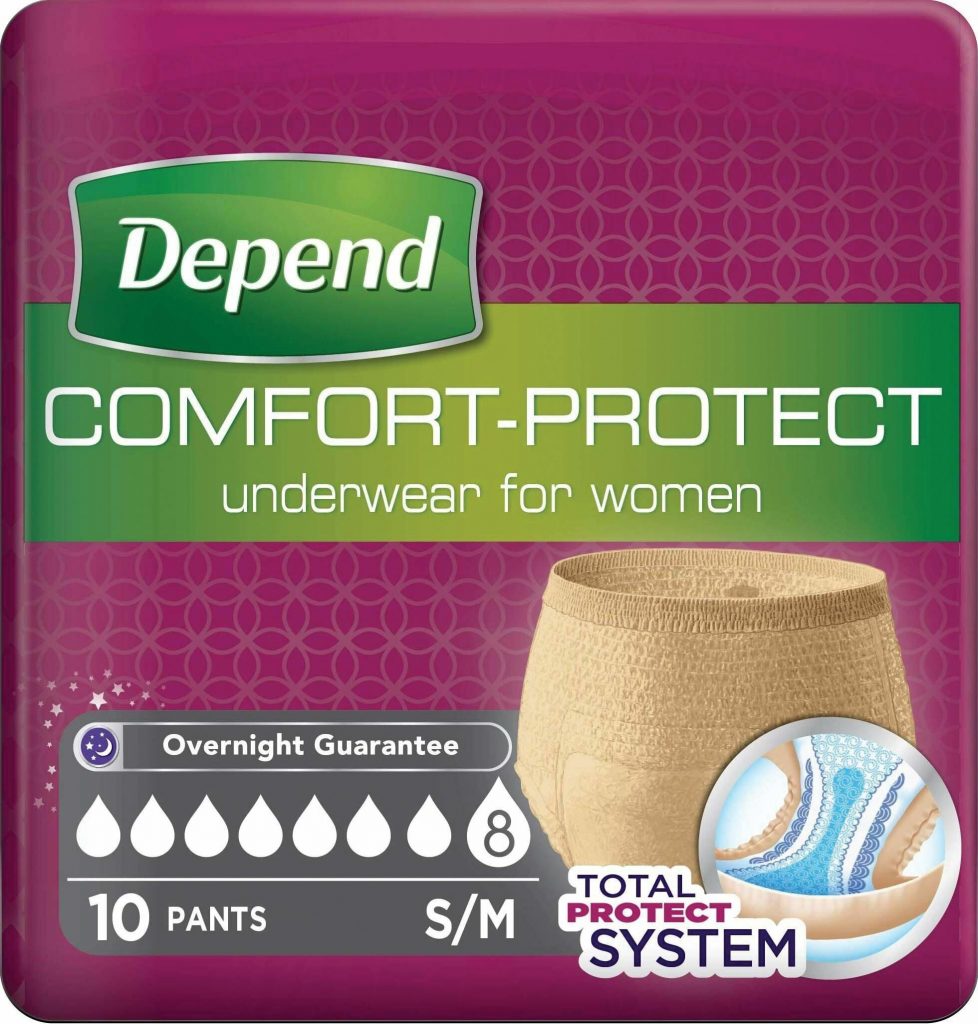
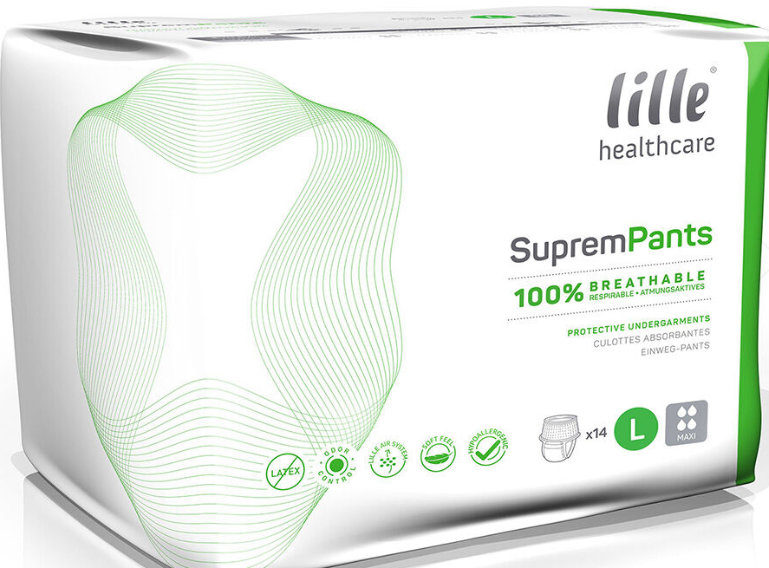
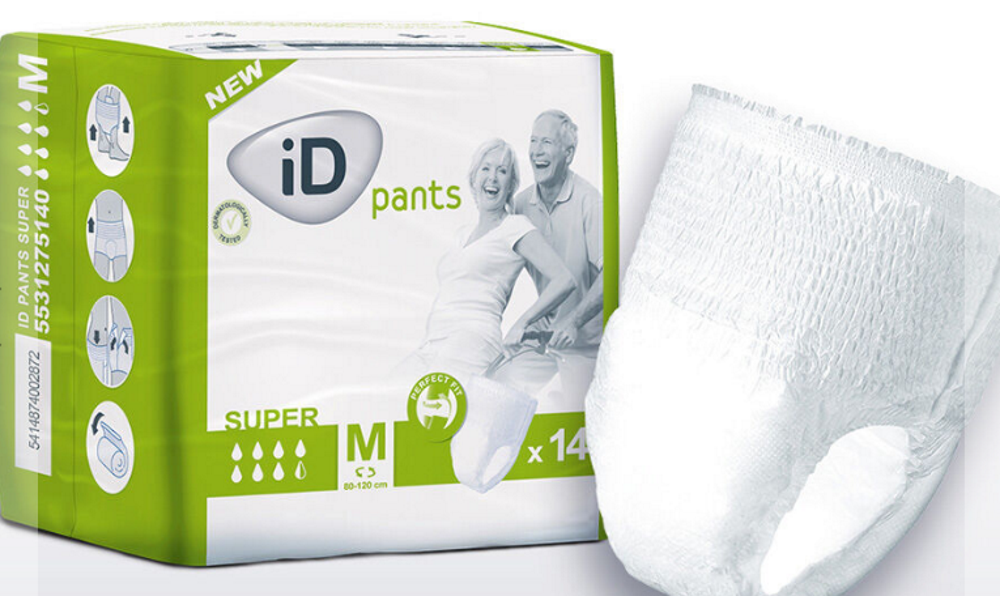
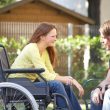


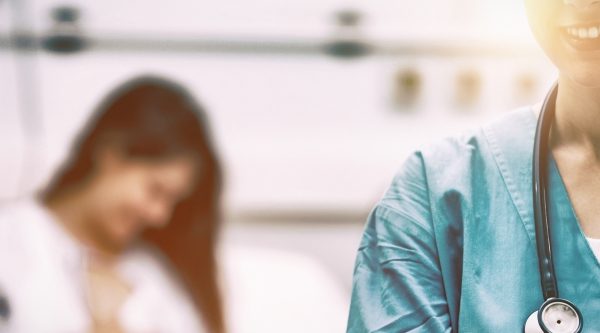
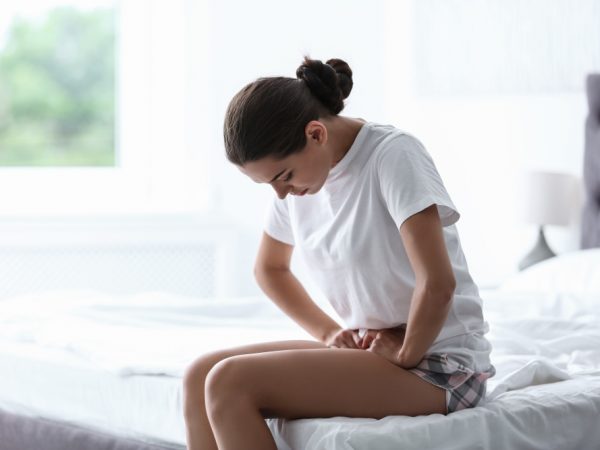

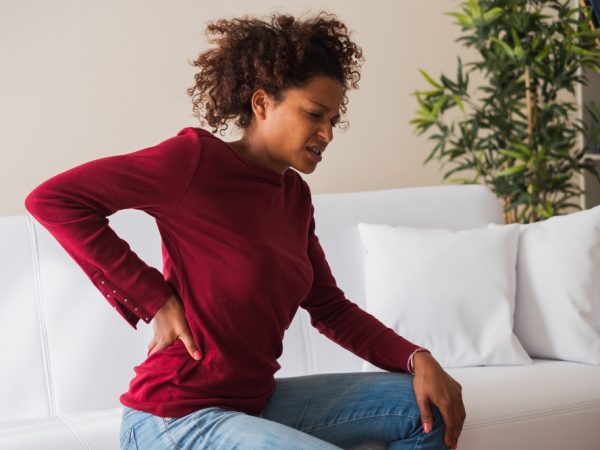
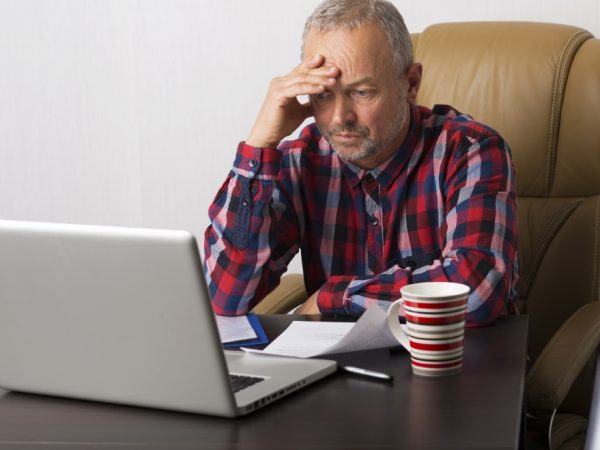



Leave a Reply